Gallery 4
The Hepworth Family Gift is a unique collection of Barbara Hepworth’s surviving working models for her bronze sculptures. The majority are in plaster. This generous gift was made by the Hepworth Estate and was one of the key reasons for building a new gallery for Wakefield in 2011, connecting Hepworth’s name with the city in which she was born and grew up.
The Studio
In 1949 Hepworth bought Trewyn Studio in St Ives, Cornwall, and with its studios, carving yard and garden, it proved to be an ideal working environment, as well as becoming her home for the rest of her life. In 1976 the Studio opened to the public as the Barbara Hepworth Museum; it was given to the Tate Gallery in 1980. The tools and materials on display here were Hepworth’s own and have been drawn from her second studio in St Ives, the Palais de Danse.
The working models in the Gift are the first stage of Hepworth’s creative process and offer an invaluable insight into her methods. The displays in this gallery explore her studio environment, working practice in plaster, collaborative relationships with bronze foundries and the monumental commissions she received in the last 15 years of her life.
Take a tour of Barbara Hepworth: Art & Life with Google Arts & Culture
The Bronze Foundry
Hepworth’s collaborative relationships with foundries were of vital importance to the production of her bronzes. She worked with four foundries: the Art Bronze Foundry in London; Holman’s in St Just, Cornwall; Susse Frères in Paris; and Morris Singer in London and later Basingstoke.
Hepworth’s relationship with Morris Singer was the most significant. She began to work with them in 1959 and established a close and harmonious collaboration with the foundry manager, Eric Gibbard. Morris Singer also worked with many of Hepworth’s contemporaries, including Henry Moore and Lynn Chadwick. Her most important monumental commissions, Winged Figure and Single Form, were cast at Morris Singer.
The prototypes in the Gift represent about a quarter of the total made. Hepworth always ensured that the original casts were returned to her or destroyed at the foundry, to prevent further casts being produced once an edition was complete. Some suffered damage and were destroyed for that reason. After Hepworth’s death, all the plasters and other prototypes that remained in the Palais de Danse and at Trewyn Studio were preserved. No posthumous bronzes were cast.
Take a tour of Barbara Hepworth: Art & Life with Google Arts & Culture
Monumental Commissions
Hepworth received her first commission for a monumental bronze sculpture, Meridian, in 1958. It was soon followed by the commissions for Winged Figure (1961–3) and Single Form (1961–4), with a single later project, Theme and Variations (1969–72). All were for new buildings, two in London, one in New York and the last in Cheltenham. Hepworth only accepted a commission if she had an immediate response to the site and the project. She always worked to scale on her prototypes and would only make a smaller, preparatory maquette when a commission required it. Only one of the full-size prototypes survives, that of Winged Figure, which forms the centrepiece of the Gift.
Hepworth’s concern with the place of the artist in society was brought to the fore in her monumental commissions: ‘Big commissions always excite me very much because when they are complete they are out of doors, which is where one always wants one’s sculpture to be, and then they become related to the human figure.’
Take a tour of Barbara Hepworth: Art & Life with Google Arts & Culture
Shop
Barbara Hepworth: Art & Life by Eleanor Clayton. Buy online













